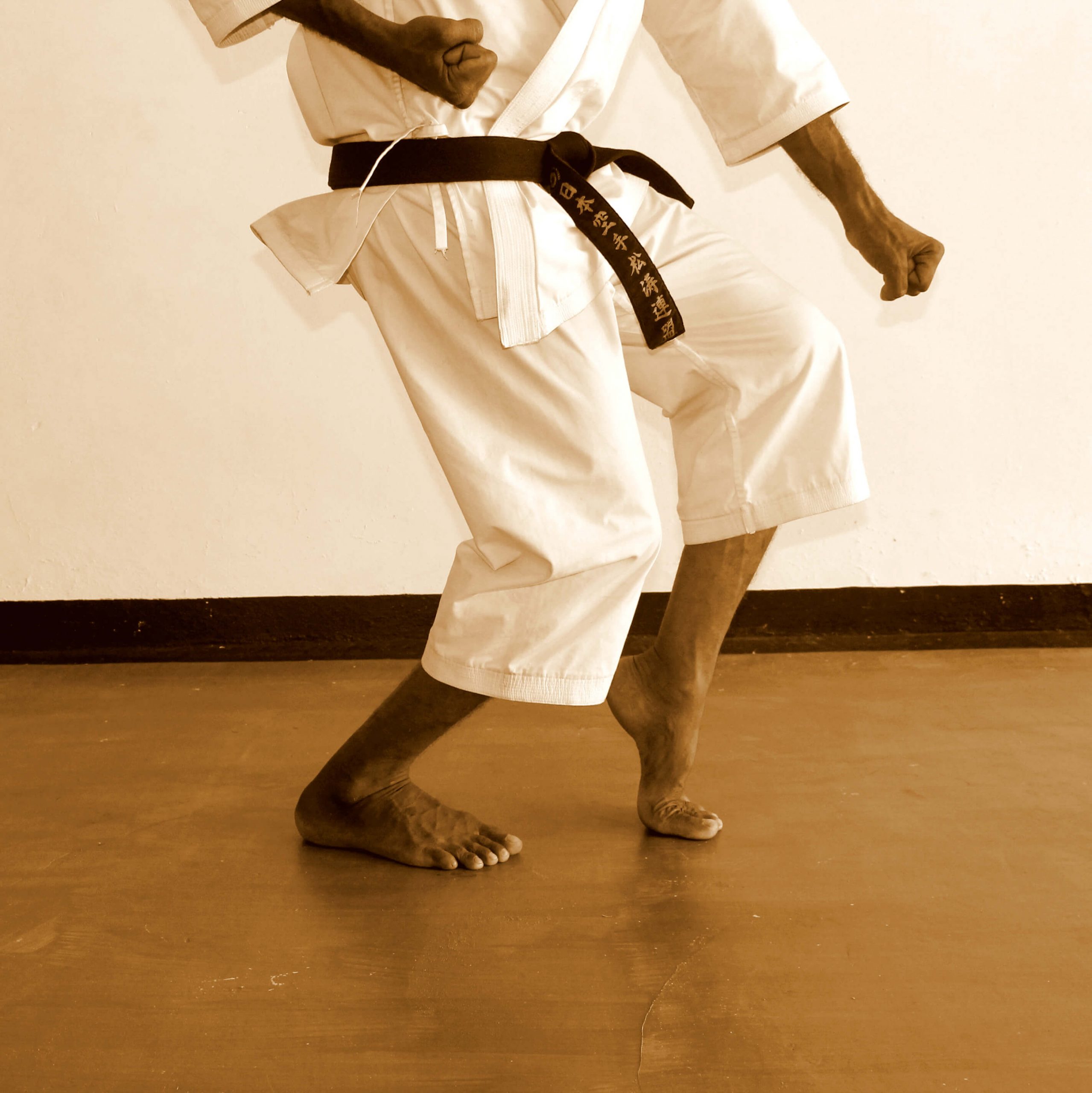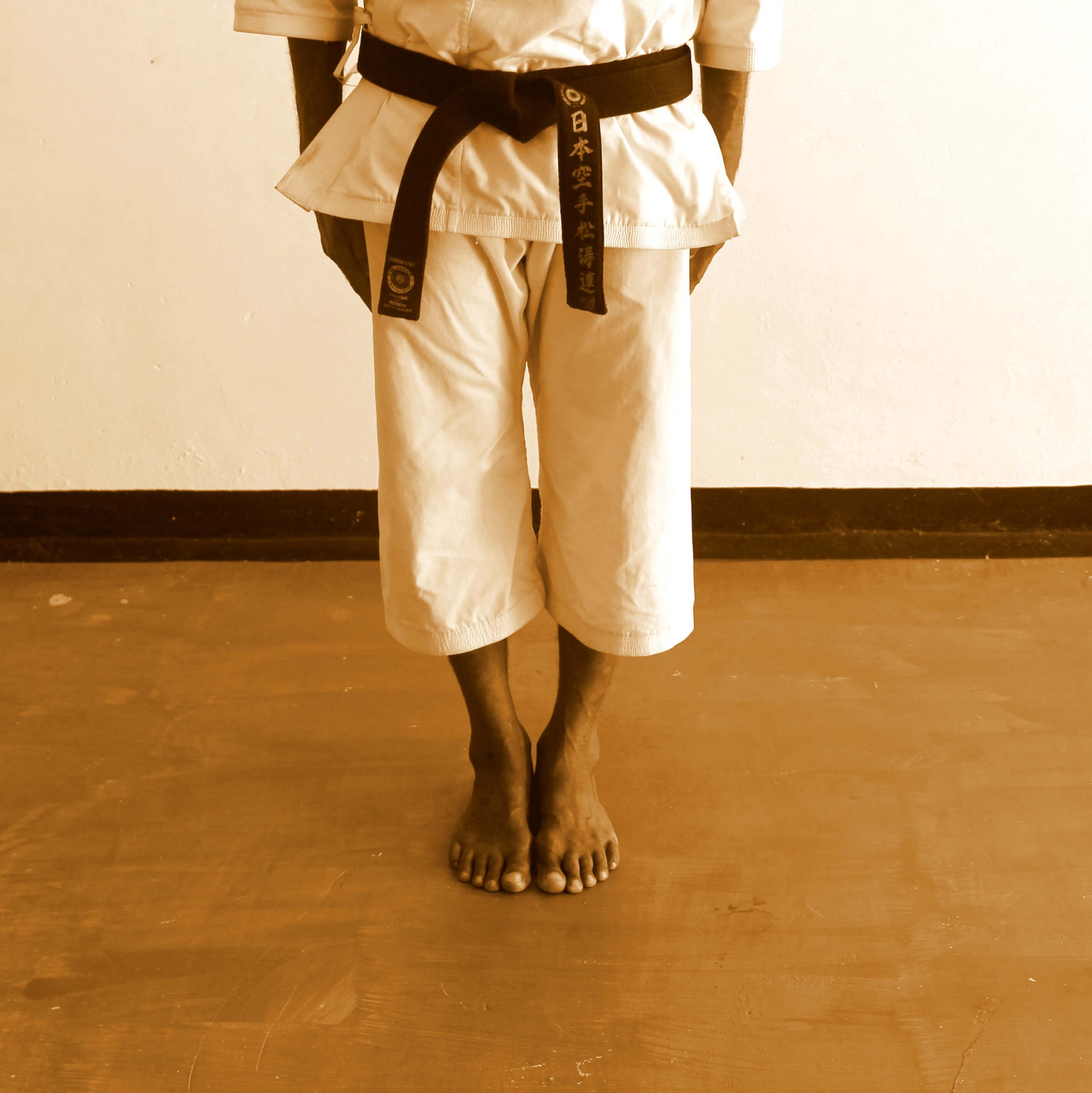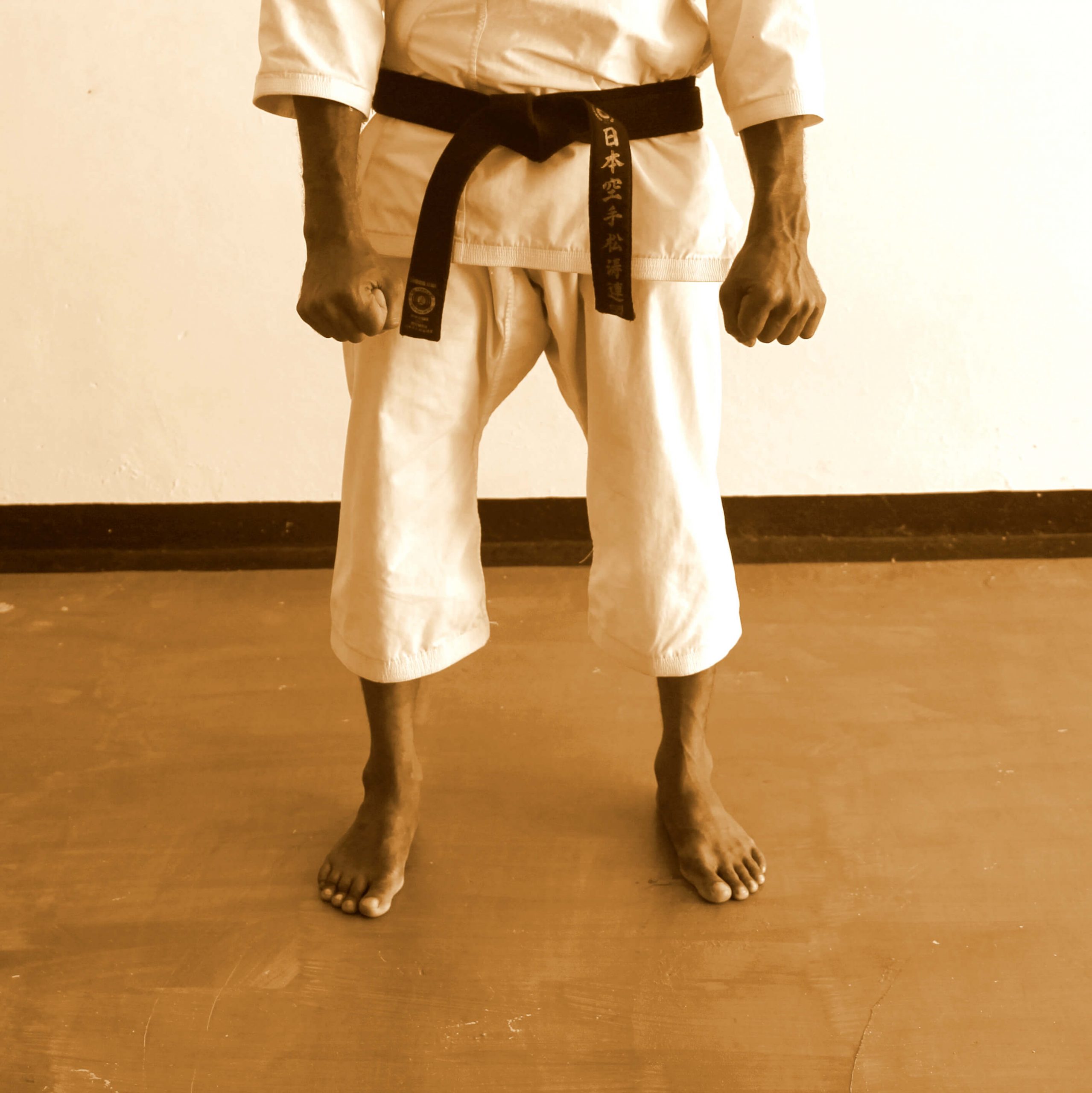KATA TAIKYOKU
First Cause
The word Taikyoku means “First Cause,” and is a reference to the maxim: “In karate, there is no advantage in the first attack.”
It is Gichin Funakoshi and his son Gigo who created these modern kata in the 30’s. These are identical to Kihon and considered to be the most basic kata. The purpose of this kata was to simplify the teaching of karate to a wider range of students. Nevertheless, these kata are considered to be obsolete by most instructors as they are overly simplified. For early kyu exams at many dojo, including the honbu dojo in japan, Taikyoku Shodan is a required kata though these are not a part of the 25 kata of JKA Shotokan karate.
Taikokyu Shodan
Being the most basic of all kata, Taikyoku Shodan is the first kata in the Taikyoku series. Down block, lunge punch and front stance are the three recurring techniques in this kata which has 20 moves. As the author of Taikyoku kata is considered to be Gichin Funakoshi, credit is given to him although his son Gigo is in actuality the reason of the creation of this kata. In order to simplify the teaching of kata to young students, Taikyoku Shodan is taught before Heian Shodan although the former post-dates the latter. It is taught in many styles but certain instructors are not willing to teach this kata as they think it shares similarities to Heian Shodan. The Shotokan style is comprised of 26 kata and Taikyoku kata is not a part of it technically.
Taikyoku is basic yet important and hence it has an interpretation which means “First cause”or Basic ultimate”. Tai refers to big or great and Kyoku refers to extreme or ultimate. Thus it comes with an interpretation which means big ultimate. Taikyoku Shodan is considered to be the ultimate training kata as Gichin Funakoshi has mentioned in his book, Karate-Do Kyohan. Taikyoku is also referred to as the mysterious name given to describe the void. This is based on a Buddhist doctrine that life and all materials are temporary in nature and are mere illusions. Same is the case in Taikyoku as it is considered as the most genuine form of karate where there are move, block and punch and are devoid of any complexities or extravagance.
Taikyoku Nidan
Taikyoku Nidan is pretty much similar to Taikyoku Shodan when it comes to performance except for the fact that in this kata punches are directed to the upper level (jodan) rather than to the middle level (chudan). However, for some people it is beyond their understanding that a simple difference would give way to the creation of a separate kata. It is because of this reason that Taikyoku Nidan is not taught by many of the instructors. It is important that a karateka have a clear understanding that what matters in karate is the detail.
Detail can be considered insignificant by many students. But for some, even the smallest detail may seem significant. We can understand the fact that Japanese are very meticulous people, and a mere sight of the Japanese tea ceremony is enough to prove that. Under this circumstance, it is apparent that Taikyoku Nidan was mainly created so as to stress the difference between jodan and chudan target areas.

nekoashi-dachi
cat stance (cat-leg stance)
Taikyoku Sandhan
The various ways on how to perform a Taikyoku Sandan is present. The descriptions of six Taikyoku kata can also be found. Taikyoku sandan is different from Taikyoku shodan only in the following factors ; that the inside blocks in back stance replace six of the eight down blocks on top and bottom of embusen, and jodan punches are present in this instead of both sets of three chudan punches. This kata was created with a purpose of introducing the student to back stance and inside block. Apart from these differences, Taikyoku sandan is the same as the preceding kata.

musubi-dachi
attention stance (united stance)

heisoku-dachi
feet together stance (closed feet stance)

heiko-dachi
parallel stance